'From Arts and Crafts to the Bauhaus' at the Vienna Furniture Museum
Is design art? How far does the form follow the function? Elementary, once revolutionary questions that are directly associated with the Bauhaus and that the British Arts and Crafts movement posed 50 years earlier. “From Arts and Crafts to the Bauhaus” thematizes the prehistory of the Bauhaus and integrates it into the Europe-wide emergence of modernism - from Arts and Crafts to the Glasgow School, Viennese Art Nouveau, the German Werkbund and the Dutch group De Stijl to the Weimarer and Dessau Bauhaus.
The Bauhaus is or was not just any art movement, in its 14-year existence (1919 to 1933) it also had an immensely great political significance. It stood for an open society, was democratic, international and diverse. It is still very topical today and is therefore the subject of a special exhibition in the Vienna Furniture Museum. There are many fairy tales and myths about the Bauhaus. Terms like “Bauhaus style” or “The Bauhaus idea” have become commonplace. The Bauhaus itself became a myth, an icon of modernity. It is mistakenly made both the apex of modernity and misunderstood as the starting point of modernity.
- Table from the k.k. State Printing Office, Josef Hoffmann © BMobV, photo Edgar Knaack
The myths and stories surrounding the Bauhaus are legion. Concepts such as the Bauhaus style or the ‘Bauhaus idea’ have become platitudes in current design discourse. The Bauhaus itself has become a myth, an icon of modernism, mistakenly framed both as its pinnacle and starting point.
Conceived by the Bröhan Museum, Berlin’s museum of Jugendstil, Art Deco and Functionalism, the exhibition From Arts and Crafts to the Bauhaus seeks to dispel many of these myths and to provide a contribution to categorizing the Bauhaus within the context of design history.
The exhibition explores the developments leading up to the Bauhaus, contextualizing it within the emergence of modernism across Europe and showing the decisive steps of this development from the Arts and Crafts movement, the Glasgow School, Viennese modernism, the Deutscher Werkbund and the Dutch De Stijl group to the Bauhaus in Weimar and Dessau.
The exhibition shows how the Bauhaus was influenced by the ideas fuelling these movements and how it initially struggled to develop its own independent formal language from this plethora of positions.
B 25 Armchair, Marcel Breuer, 1928-1929 © Gerald Fingerle Collection
The exhibition is divided into the following sections:
- London 1851 and the critique of industrial manufacturing
- William Morris
- The Aesthetic Movement
- The Arts and Craft Movement and the idea of the workshop
- The English model and Vienna
- Josef Hoffmann and the Wiener Werkstätte
- Van de Velde and Jugendstil
- The Deutscher Werkbund
- De Stijl
- The Bauhaus.
Charles Rennie Mackintosh, High-back slatted chairs, designed in 1903, manufactured in 1905 © bel etage, Wolfgang Bauer.
Box with glass door from the k.k. State Printing Office, Josef Hoffmann © BMobV, Photo Edgar Knaack.
Chair from the k.k. State Printing Office, Josef Hoffmann, Vienna, c. 1907 © BMobV, Photo Marianne Haller
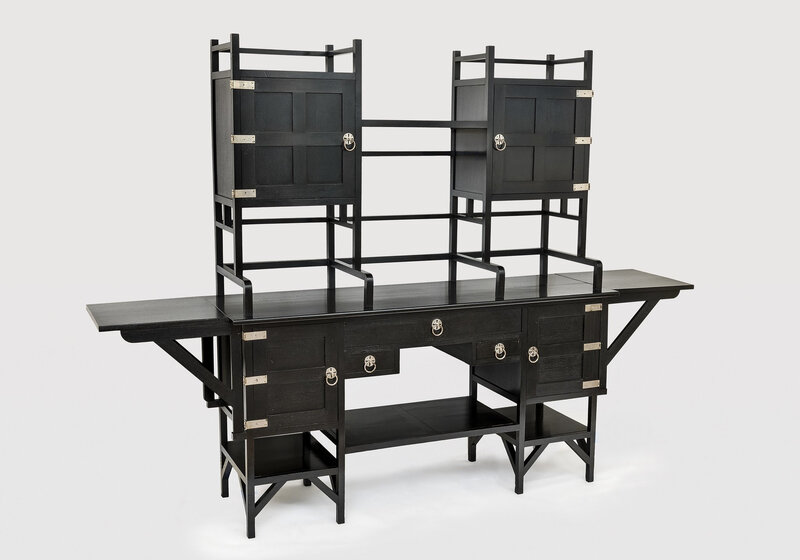
Historical cans of Kaffee Hag © Bröhan-Museum Berlin, Photo Martin Adam.
Teapot with warmer from 1878 by Christopher Dresser © Bröhan-Museum Berlin, Photo Martin Adam.

/https%3A%2F%2Fprofilepics.canalblog.com%2Fprofilepics%2F1%2F0%2F100183.jpg)
/https%3A%2F%2Fstorage.canalblog.com%2F03%2F02%2F119589%2F96711876_o.jpg)
/https%3A%2F%2Fstorage.canalblog.com%2F11%2F31%2F119589%2F94773502_o.jpg)
/https%3A%2F%2Fstorage.canalblog.com%2F20%2F83%2F119589%2F94772815_o.jpg)
/https%3A%2F%2Fstorage.canalblog.com%2F26%2F72%2F119589%2F75604929_o.jpg)
/https%3A%2F%2Fstorage.canalblog.com%2F59%2F60%2F119589%2F26458628_o.jpg)
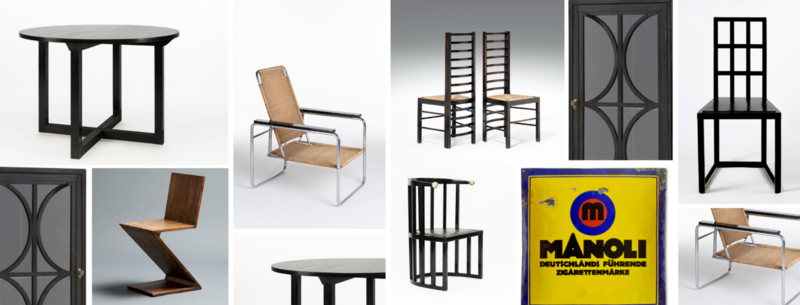



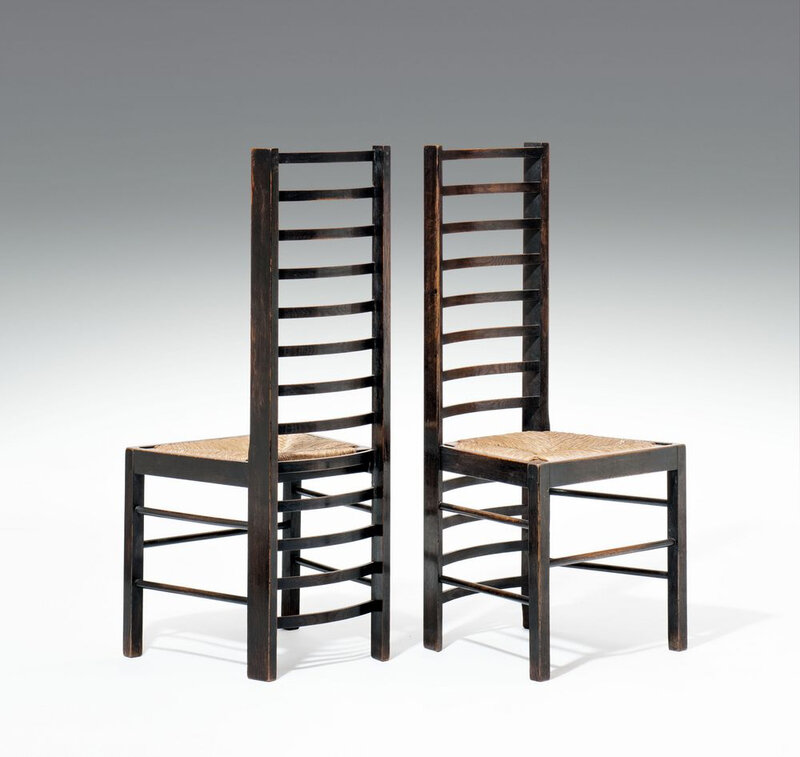
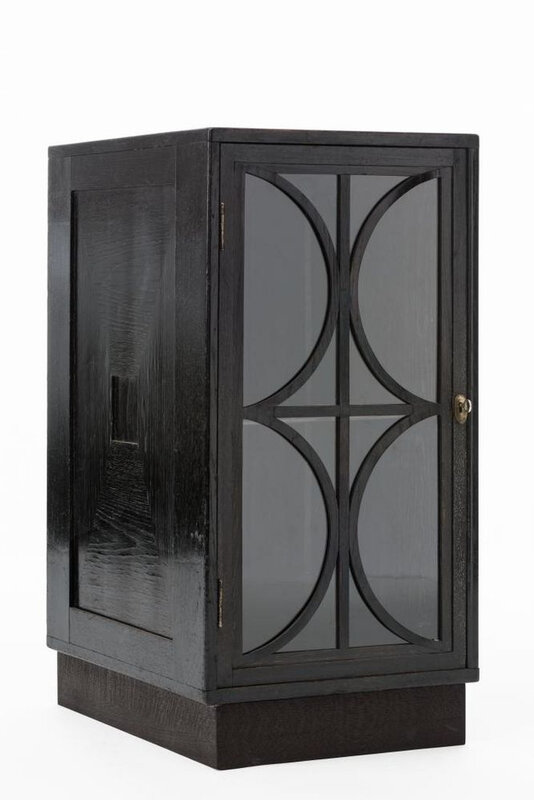


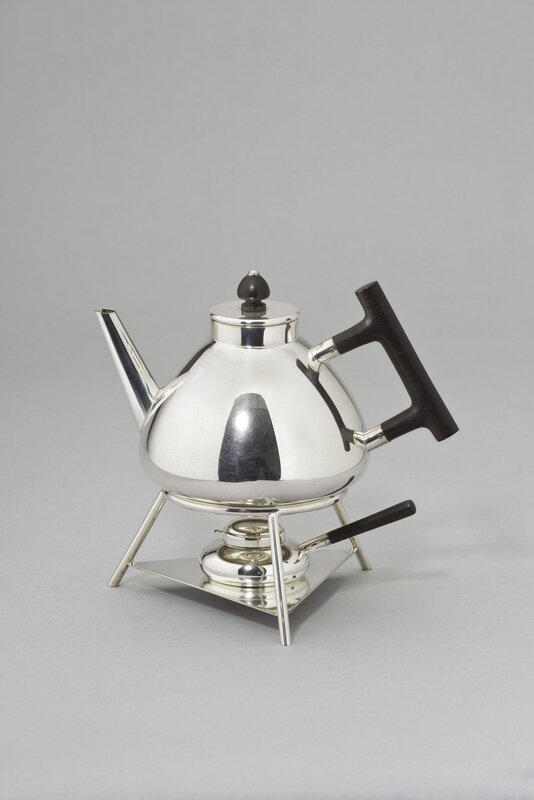


/http%3A%2F%2Fstorage.canalblog.com%2F42%2F06%2F119589%2F109848515_o.jpg)
/http%3A%2F%2Fstorage.canalblog.com%2F10%2F86%2F119589%2F73053502_o.jpg)
/image%2F1371349%2F20240426%2Fob_dcd32f_telechargement-32.jpg)
/image%2F1371349%2F20240426%2Fob_0d4ec9_telechargement-27.jpg)